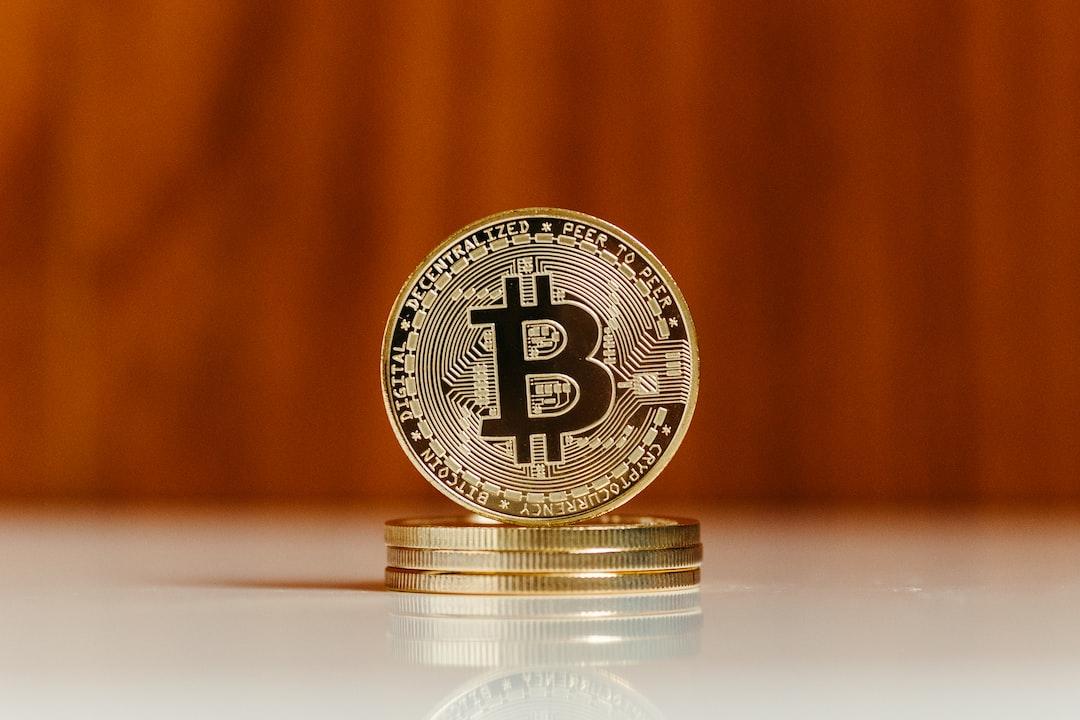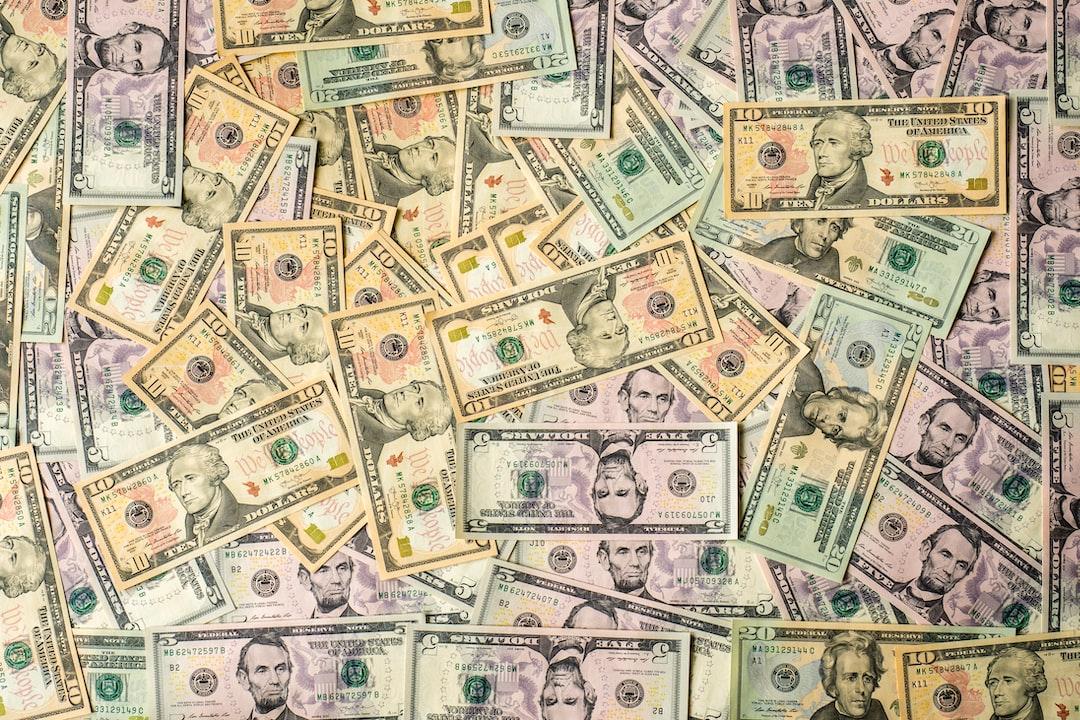What is Tether, the Most Profitable Company Per Capita Globally?
In the world of cryptocurrency, a “money printer” is running at an astonishingly efficient pace: Tether, the giant in stablecoins. With a team of only around a hundred people, this company serves hundreds of millions of users worldwide, generating billions of dollars in profits. The mastermind behind it all, Giancarlo Devasini, has not only made a dramatic transformation from a plastic surgeon to a key figure in cryptocurrency finance but has also led Tether from niche innovation to the global financial stage through strategic moves.
Today, Tether not only holds the dominant position as the leader of stablecoins but has also expanded its reach into industries like mining, media, and agriculture through massive investments, embarking on an ambitious global expansion.
A Hundred-Person Team Earning Billions in Profit, the Seventh Largest Buyer of US Treasuries
As the largest stablecoin issuer globally, Tether has evolved from a small-scale financial experiment to a crypto industry behemoth, displaying incredible profitability and market influence. Over the past decade, Tether’s reported net profits have reached billions of dollars. Although Tether lacked detailed financial disclosures in its early stages, the company began publishing comprehensive financial reports in 2022 to increase transparency. According to publicly available data, Tether’s net profit exceeded $19.9 billion over just two years, from the fourth quarter of 2022 to the end of 2024.
In particular, in 2024, Tether, with a streamlined team of about 150 employees, achieved over $13 billion in total profit, equating to an average of about $93 million in profit per employee. This makes it one of the most profitable companies per capita in the world, far surpassing traditional financial giants like BlackRock, and even rivaling Visa in trading volume.
Regarding profit composition, U.S. Treasury bonds are undoubtedly Tether’s core profit engine. Since the Federal Reserve began raising interest rates in 2022, Tether has invested a significant portion of its reserve funds into U.S. Treasuries, becoming one of the main buyers of U.S. government debt. In 2024 alone, Tether purchased $33.1 billion in U.S. Treasuries, making it the seventh largest buyer of U.S. debt, surpassing countries like Canada, Mexico, Norway, South Korea, Germany, and Saudi Arabia. As of the quarter-end reserve report at the end of December, Tether’s holdings of U.S. Treasuries totaled $94 billion.
Besides asset allocation, the widespread adoption of the stablecoin USDT is also a major pillar in Tether’s profit capture. As a dollar-pegged digital asset, USDT has not only overcome the limitations of traditional financial tools in function but also plays multiple roles in global financial transactions: in countries with high inflation such as Venezuela and Turkey, USDT has become the preferred tool for residents to counter currency devaluation and bypass capital controls, providing a hedge for people in economically unstable regions. In some restricted markets and gray areas, USDT serves as a flexible and hard-to-trace financial medium.

Today, USDT leads the global stablecoin market, becoming the most widely used stablecoin. According to DeFiLlama data, as of March 28, 2025, the issuance size of USDT has exceeded $143.7 billion, with a market capitalization of over $144.8 billion, capturing about 61.9% of the stablecoin market share. Tether CEO Paolo Ardoino further revealed that the number of global users of USDT has conservatively surpassed 400 million, with rapid growth expected to soon reach one billion.
The Man Behind the Scenes Comes to the Forefront: The Real Leader Was Once an Italian Plastic Surgeon
The mastermind and actual leader of this largest crypto money printer is recognized as Tether’s former CFO, Devasini. According to Forbes’ estimation, Devasini holds a 47% stake in Tether, making him the largest shareholder with a net worth of $9.2 billion. However, this core figure of Tether has maintained a low-profile life in the Swiss Bitcoin hub of Lugano, rarely giving interviews, even writing “No title, no job, nothing” on his business card.

Devasini’s journey is quite legendary. According to previous reports from The Wall Street Journal, Giancarlo Devasini, born in Turin, Italy, was initially a plastic surgeon before moving to Hong Kong to run an electronic product import business. In 1995, Italian prosecutors accused him of being involved in a software piracy group and committing fraud. Devasini then founded a tech company called Solo in Italy, which once generated over 100 million euros in revenue, before selling it in 2008, just before the financial crisis hit. Now, this nearly 60-year-old Italian has become one of the key figures in crypto finance.
It all started in 2012, when Devasini became interested in cryptocurrency after reading the Bitcoin whitepaper. He even posted on the Bitcoin forum asking if anyone was interested in buying DVDs or CDs for 0.01 Bitcoin (roughly 11 cents at the time), with free delivery for bulk orders. During this period, Devasini also met Raphael Nicolle, the founder of Bitfinex. With his vast business experience and network, Devasini played a key role in establishing critical banking relationships for Bitfinex, driving the platform’s internationalization, including relocating its registration to the British Virgin Islands and its headquarters to Hong Kong, eventually becoming a core figure at Bitfinex. In 2014, he co-founded Tether with senior Bitfinex executives and launched USDT.
Devasini was deeply involved in Tether’s issuance decisions and capital management, playing a key role in collaborating with major clients. For example, Alameda Research applied for and received billions of USDT in support, with Devasini being seen as the driving force behind it. Bloomberg quoted chat logs submitted by former Alameda CEO Caroline Ellison, showing that Devasini once told Alameda traders, “We are one big family… we will conquer the world.” FTX founder SBF also publicly supported Devasini, saying, “Devasini is very proud of the business he has built at Bitfinex and Tether. He hasn’t responded to his opportunities.” Additionally, reports have indicated that Devasini actively sought political allies to secure a “protective umbrella” for Tether from regulation. The Wall Street Journal previously reported that Devasini privately stated last year that Howard Lutnick, chairman of Cantor Fitzgerald and U.S. Secretary of Commerce, would use his political influence to help resolve regulatory threats to Tether. U.S. Senator Elizabeth Warren also pressured Lutnick during his nomination to clarify his relationship with Tether. It is important to note that Cantor manages some of Tether’s reserves and holds a 5% stake. However, Tether has denied market claims regarding Lutnick’s influence on regulatory actions.
Today, Tether is expanding at an astonishing pace, with Devasini stepping from behind the scenes into the strategic forefront as the group’s chairman, focusing on macroeconomic strategies aimed at deepening USDT’s application in global digital assets.
Diversification Strategy Accelerates, Heavy Investment in Mining and Media
Against the backdrop of tightening regulations and intensifying market competition, Tether is weaving a cross-industry business network through diversified investments.

According to incomplete statistics from PANews, since 2021, Tether has publicly disclosed 22 investment projects, spanning multiple fields including crypto, media, sports, agriculture, commodities, and biotechnology. Among these, the crypto sector remains Tether’s core investment direction, with frequent actions in mining, payments, stablecoins, and wallets, accounting for more than half of its total investments.
In terms of funding scale, Tether’s investment in mining has been the most generous, with cumulative investments exceeding $2.1 billion, far surpassing other sectors. The largest of these investments was a $575 million debt financing and $610 million credit line to the German mining company Northern Data AG. Volcano Energy, Northern Data, and Bitdeer have also received hundreds of millions of dollars in investments.
Next, the media industry saw Tether’s total investment reaching $780 million, with the vast majority directed toward Rumble ($775 million). PANews reported that this large investment has strong political overtones, resembling business ventures backed by Trump’s circle, as Rumble has close ties with U.S. President Trump and is even referred to as “Trump’s concept stock.” U.S. Vice President JD Vance’s venture capital firm, Narya Capital Management, also participated in Rumble’s investment.
In the agricultural sector, Tether holds stakes in Argentine agricultural giant Adeco Management through two investments, surpassing $7 billion in total bio-investment, including over $1.7 billion in Neurotech’s majority stake, valued at $350 million.
From a time perspective, between 2021 and September 2024, Tether mainly focused on crypto infrastructure, particularly in mining and payments. Afterward, its investment pace significantly accelerated, with a more diversified strategy expanding beyond a single field to a global layout across multiple industries.
Despite successfully building a strong crypto business empire through diversification and its dominance in the stablecoin market, Tether will face more complex challenges as the crypto market matures and the regulatory environment continues to evolve. Its future success will depend on how it balances innovation, compliance, and expansion in the unpredictable global stage.
This article is a collaborative reprint from PANews.

